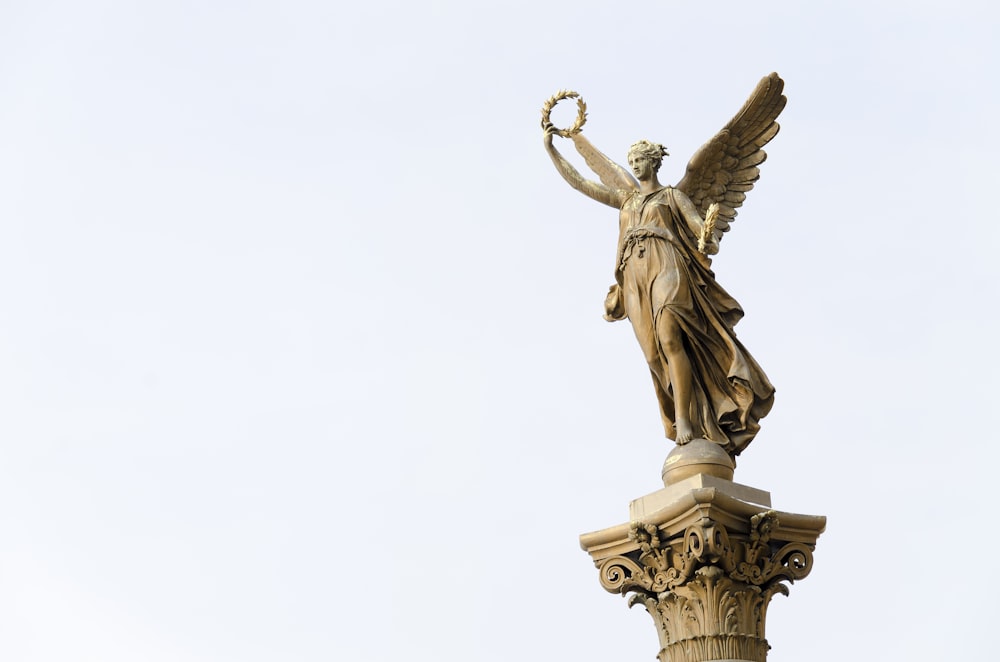Subheading: The Legacy of Roman Design
Roman design stands as a testament to the ingenuity and sophistication of an ancient civilization that left an indelible mark on the world of art and architecture. From the grandeur of its public buildings to the intricate beauty of its decorative arts, Roman design reflects both the elegance of its aesthetic sensibilities and the brilliance of its engineering achievements.
Subheading: Architectural Marvels: From Aqueducts to Amphitheaters
At the heart of Roman design are its architectural marvels, which continue to inspire awe and admiration centuries after their construction. The aqueducts, with their graceful arches and precise engineering, stand as symbols of Rome’s mastery of hydraulic technology. Similarly, the amphitheaters, such as the Colosseum, showcase Rome’s ability to create monumental structures that combine functionality with artistic expression.
Subheading: Urban Planning: Creating the Ideal City
Central to Roman design was the concept of urban planning, which sought to create orderly and efficient cities that reflected the ideals of Roman society. Roman cities were laid out on a grid pattern, with wide streets and spacious public squares that facilitated movement and social interaction. The Forum Romanum, with its temples, basilicas, and government buildings, served as the heart of the city, embodying the values of civic pride and communal identity.
Subheading: Engineering Brilliance: The Triumph of Concrete and Arch
One of the most remarkable aspects of Roman design was its mastery of concrete and arch construction techniques. The Romans developed a form of concrete that was both durable and versatile, allowing them to create structures of unprecedented size and complexity. The arch, with its ability to distribute weight evenly, became a hallmark of Roman architecture, enabling the construction of vast aqueducts, bridges, and domes.
Subheading: Decorative Arts: Beauty in Every Detail
In addition to its architectural achievements, Roman design also encompassed a rich tradition of decorative arts, including sculpture, painting, and mosaic work. Roman craftsmen excelled in the use of marble, bronze, and precious metals to create intricate sculptures and reliefs that adorned public buildings and private homes alike. Mosaic floors, with their vibrant colors and geometric patterns, added a touch of elegance to Roman interiors, reflecting the refined tastes of the era.
Subheading: The Influence of Roman Design: Then and Now
The legacy of Roman design extends far beyond the boundaries of the ancient world, influencing artists, architects, and designers throughout history. From the Renaissance to the present day, echoes of Roman design can be seen in the grandeur of European palaces, the symmetry of neoclassical buildings, and the minimalist elegance of modern interiors. By blending timeless elegance with engineering brilliance, Roman design continues to inspire and captivate audiences around the world. Read more about roman design

